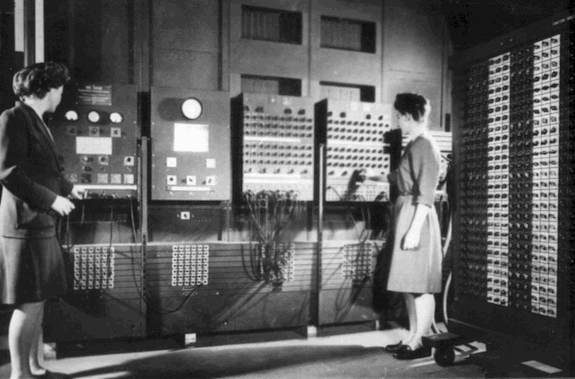Silly peasants. There’s no such thing as “Woke!”:
[Ipsos] latest poll confirms that no one really knows what “woke” means, particularly when respondents aren’t provided with any accurate definitions. “Republican presidential hopefuls are vowing to wage a war on ‘woke,’” USA Today’s write-up of its survey began, “but a new USA TODAY/Ipsos Poll finds a majority of Americans are inclined to see the word as a positive attribute, not a negative one.”
Or if it does exist, it’s an unalloyed good thing!
Hear that, Republicans? Everyone loves “woke”! Well, at least 56 percent of those surveyed endorse the word when they’re told it describes someone who is “informed, educated on, and aware of social injustices.” By contrast, just 39 percent of respondents express a negative view of the word insofar as it describes someone who is “overly politically correct” and is inclined to “police others’ words.” Having deemed the Right’s obsession with “wokeness” a quixotic endeavor, USA Today bellyflops into a solipsistic reflection on how the public’s perceptions “raise questions” about the Right’s self-defeating myopia.
Of course, this is an example of two institutions that should be distrusted and veriied – media:
This is a prime example of journalism that works backward from a conclusion in pursuit of evidence to support it.
and the polling industry:
A quick perusal of the polling on the issue exposes the flaw in USA Today/Ipsos’s methods.
When respondents are not primed with erroneous definitions and are instead asked only if they would vote for a self-described “woke” candidate, as CBS/YouGov did last October, they found that 58 percent of likely voters would be less likely to pull the lever for that candidate. That same month, a Harvard-Harris poll found that 64 percent of respondents, including a majority of Democrats, blame “the increase in crime” on “woke politicians” as opposed to “other factors.” That’s, at the very least, odd if most Americans don’t understand the word or believe it only describes a heightened social consciousness.
…that should be distrusted but verified, and then almost to a mathematical certainty distrusted some more.
For those who need a primer:
Wokeness in practice is not something so quaint as speech-policing and “political correctness.” It encapsulates an alternative theory of social organization that often enters into conflict with the Constitution. It prescribes not just otherworldly speech codes but programs of reeducation for those who decline to subscribe to them. It necessitates the redistribution of economic and social goods in the pursuit of “restorative justice” for wrongs committed by generations long passed. It redefines cosmic constants like the laws of mathematics, operating on the bigoted assumption that those laws are incomprehensible to those who were born into certain identities. “Woke” does not describe a persnickety busybody who cannot abide your verbal miscues. It describes a revolutionary.
But, like the “Don’t Say Gay” bill that isnt, the “Republican War on Women” that never was, the “Threat to Abortion” that never existed in Minnesota, the “De Santis Book Ban” that isn’t and the “Blogger Registration” law that never will be, the new attempt to gaslight the right on the existence of “woke” (and critical race theory), the intended audience isn’t people who can reason or think critically.
It’s aimed at Democrat voters.



 They don’t call it a horse-race for nothing.
They don’t call it a horse-race for nothing.

